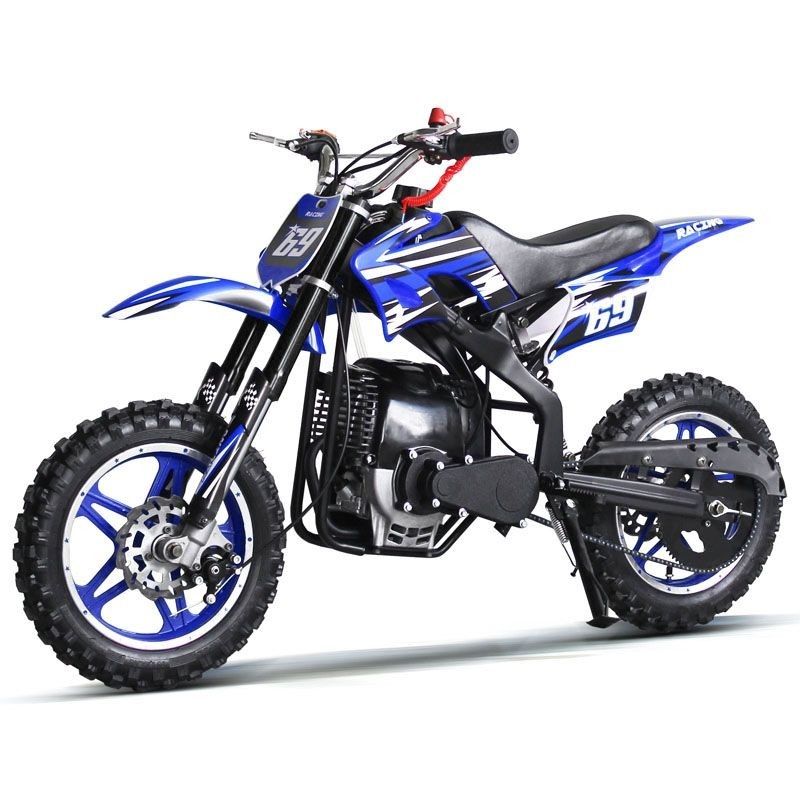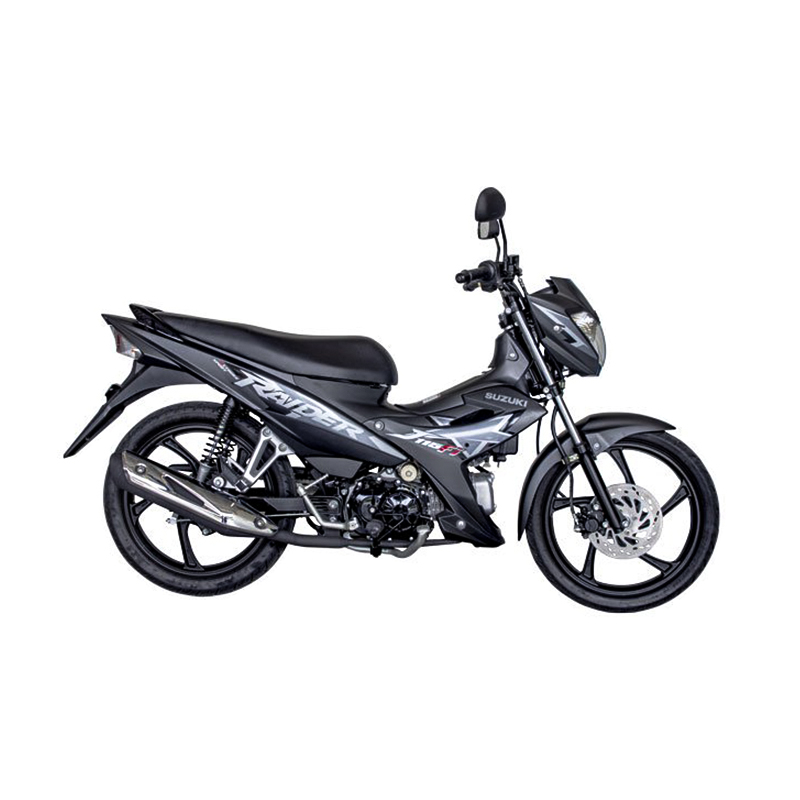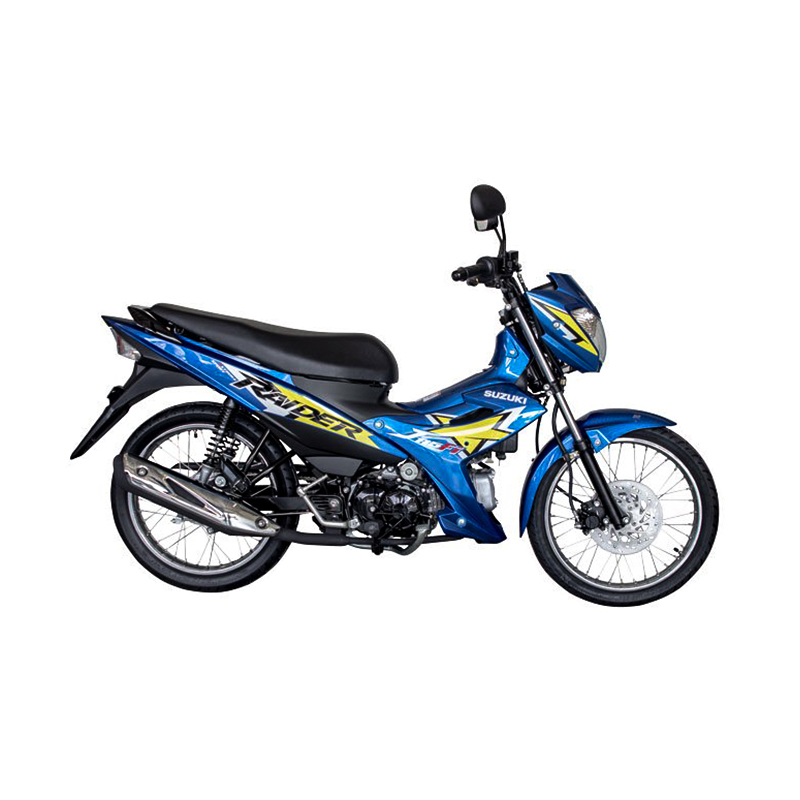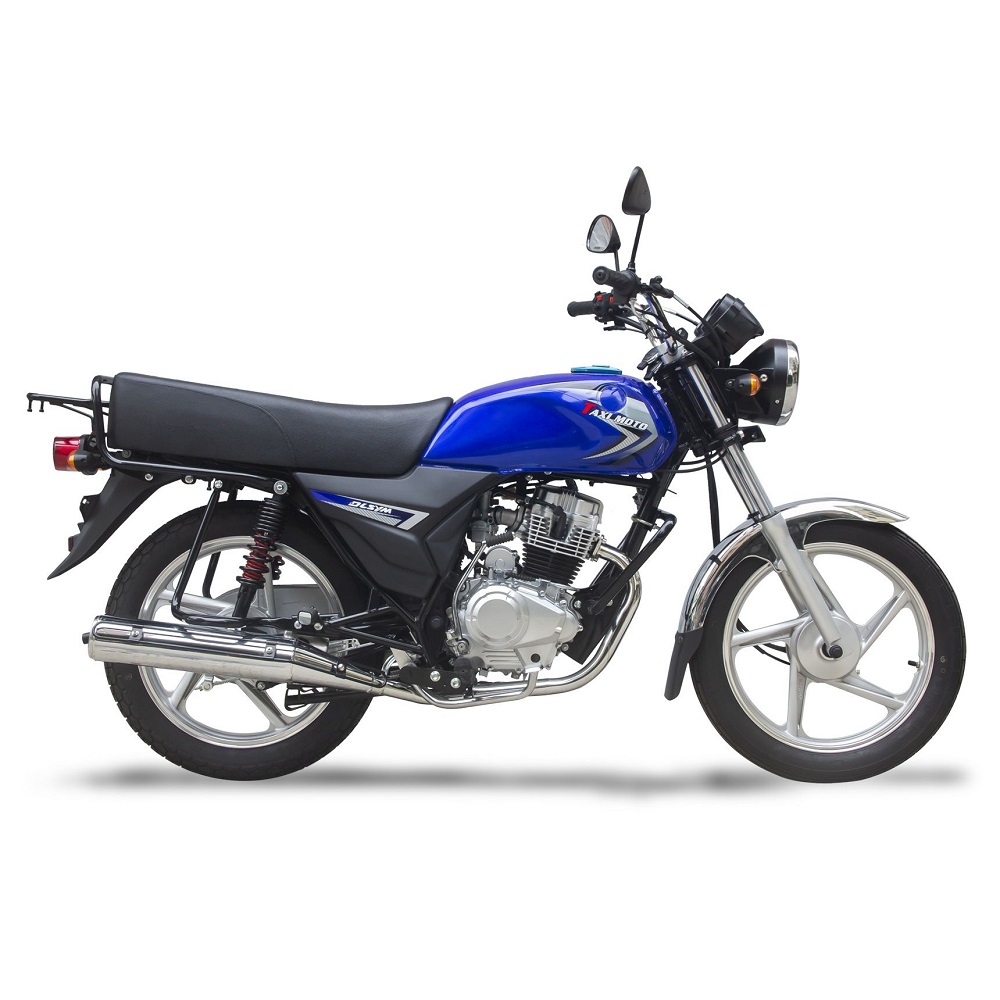Suzuki motorcycles have carved a reputation for themselves over the decades as reliable and high-performance machines. Established in 1909, Suzuki originally started as a loom manufacturing company. However, within a few decades, it shifted its focus to the burgeoning motorcycle industry. Since then, the brand has gained global recognition, earning respect from riders and enthusiasts alike. This article explores the legacy of Suzuki motorcycle, highlighting their performance, reliability, and impact on the motorcycle industry.
The History of Suzuki Motorcycles
Founding and Early Years
The journey of Suzuki began in 1909, when Michio Suzuki founded the Suzuki Loom Company in Hamamatsu, Japan. Initially, the company focused on producing weaving looms, which quickly gained popularity among local textile manufacturers. The success of the loom business allowed Suzuki to explore other avenues. In 1952, Suzuki expanded into motorcycle production, introducing the Suzuki Power Free, a small, lightweight bike.
The early years of motorcycle manufacturing were challenging, but Suzuki quickly learned and adapted. By the end of the 1950s, the company had begun producing larger models, contributing to its growing presence in the motorcycle market. During this period, Suzuki began to experiment with innovative technologies and designs that would establish its reputation in the industry.
The 1960s and Breakthrough Models
The 1960s marked a significant era for Suzuki, as the company introduced several groundbreaking models. The Suzuki T10, released in 1960, boasted a 123cc two-stroke engine and became an immediate hit. Its success encouraged the company to develop more powerful motorcycles, contributing to its growth in the global market.
In 1966, Suzuki launched the iconic T500 Titan, a two-stroke, parallel-twin motorcycle. The T500 was praised for its performance and handling, establishing Suzuki as a competing force among motorcycle manufacturers. This period laid the foundation for Suzuki’s future innovations and helped the company gain recognition for its engineering excellence.

Innovation and Technology
Engine Advancements
Suzuki has always been at the forefront of motorcycle technology and innovation. The company has consistently pushed the boundaries of performance through advancements in engine design. One of the notable milestones was the introduction of the rotary engine in the Suzuki RE5 in the mid-1970s. While the RE5 was not commercially successful, it showcased Suzuki’s willingness to experiment with unconventional engineering.
Additionally, Suzuki pioneered the use of liquid-cooled engines, which improved performance and reliability. This technology became increasingly popular in the 1980s, as it allowed motorcycles to achieve higher power outputs while maintaining optimal operating temperatures. The continued evolution of Suzuki’s engine technology has been essential in establishing its legacy in performance.
Suspension and Chassis Innovation
Beyond engines, Suzuki has made significant advancements in motorcycle chassis and suspension systems. In the 1980s, the introduction of the Full Floater rear suspension system represented a technological leap. This system allowed the rear suspension to function independently of the frame, offering improved handling and ride quality. Riders noted positive feedback when navigating challenging terrains, leading to increased sales and popularity.
Suzuki also implemented lightweight materials in its bike designs, enhancing overall performance and fuel efficiency. The emphasis on advanced suspension and chassis design contributed to the agility and responsiveness Suzuki motorcycles are known for today. This focus on innovation has allowed Suzuki to maintain a strong presence in a competitive market.

Iconic Models and Their Impact
The Suzuki GS Series
One of Suzuki’s most influential lines of motorcycles is the GS series, which began with the introduction of the GS750 in 1976. The GS750 was one of the first motorcycles to combine the power of a large engine with a lightweight chassis, making it a game-changer in the industry. Riders appreciated its performance, comfort, and handling, establishing a strong following among enthusiasts.
The GS series continued to evolve through the decades, with the GS1000 and GSX-R models taking the spotlight. The GSX-R750, introduced in 1985, defined the sportbike segment. It was lighter and faster than many competitors, leading to dominating performances on the racetrack. The success of the GSX-R series further solidified Suzuki’s position as a leader in high-performance motorcycles, influencing the design and development of sportbikes worldwide.
The Suzuki Hayabusa
Another iconic model that deserves mention is the Suzuki Hayabusa, released in 1999. The Hayabusa quickly gained a reputation for being the fastest production motorcycle in the world. With a powerful 1,300cc engine, the bike pushed the boundaries of speed and performance.
The Hayabusa’s aerodynamic design and advanced technologies made it an engineering marvel, and it attracted a dedicated fan base. In racing circles, the Hayabusa established itself as a formidable competitor, often dominating on the track. As a result, the Hayabusa has become an integral part of Suzuki’s legacy, representing ultimate performance and engineering prowess.

Racing Heritage and Achievements
Success on the Race Track
Suzuki’s commitment to racing has significantly influenced its motorcycle development. The company’s involvement in various racing competitions has provided valuable insights and advancements in technology. The Suzuki factory racing team has achieved success in events like MotoGP, World Superbike, and MotoAmerica.
Numerous championships and victories have showcased Suzuki’s engineering capabilities and competitive spirit. Notably, the 1970s and 1980s saw Suzuki excel in the GP500 class, leading to championships with legendary riders like Barry Sheene and Kevin Schwantz. Their successes not only elevated Suzuki’s profile but also provided a platform for developing high-performance motorcycles that consumers would one day ride on the streets.
Suzuki’s Enduring Commitment to Motorsport
Suzuki continues to invest in racing, using it as a crucial avenue for research and development. The technologies and innovations refined on the racetrack often find their way into consumer models. This commitment to motorsports demonstrates Suzuki’s dedication to enhancing the performance and reliability of production motorcycles.
The feedback from professional riders has helped improve overall design and handling across various models. By focusing on performance and customer feedback, Suzuki has been able to maintain its status as an influential player in both motorsport and the consumer motorcycle market.

Customer Satisfaction and Reliability
Building Trust Among Riders
Over the years, Suzuki has earned a reputation for building reliable motorcycles that meet the demands of everyday riders. Customer satisfaction has been a cornerstone of the brand’s philosophy. Rugged construction and dependable performance have made Suzuki motorcycle the preferred choice for many riders.
One reason for this reliability is Suzuki’s commitment to quality control during manufacturing. The use of durable materials and strict testing processes ensures that each motorcycle meets high-performance standards. Customers often find peace of mind knowing they can depend on their Suzuki motorcycle for both short commutes and long adventures.
The Importance of After-Sales Support
In addition to building reliable motorcycles, Suzuki provides excellent after-sales support. This includes maintenance services and access to genuine parts for repairs. Many dealerships also offer motorcycle riding courses to educate new riders about safe riding practices. This commitment to supporting customers reinforces Suzuki’s dedication to enhancing the overall ownership experience.
Providing support after the sale is essential for fostering long-term relationships with customers. By ensuring that their motorcycles remain in optimal condition, Suzuki strengthens brand loyalty and increases the likelihood of repeat purchases.
The Global Presence of Suzuki Motorcycles
Expansion into International Markets
Since its inception, Suzuki has expanded its operations and established a global footprint in the motorcycle market. By the 1970s, the brand had successfully entered markets in Europe, North America, and Australia. This international growth allowed Suzuki to reach diverse customer segments and adapt its strategies to local preferences.
Entering new markets also involved tailoring motorcycle models to meet the needs and regulations of specific regions. For instance, in countries with a strong demand for scooters, Suzuki introduced compact models that catered to urban commuting. This adaptability played a role in Suzuki’s global success and reputation.
Building a Community of Riders
Suzuki’s presence is not only felt in sales numbers but also in the community it has built around its motorcycles. Suzuki organized various events, rallies, and clubs that bring riders together. These initiatives foster camaraderie among enthusiasts, promoting a sense of belonging among Suzuki riders.
The brand’s active involvement in the motorcycle community helps keep riders engaged and connected. By creating opportunities for riders to share their stories, experiences, and passion for Suzuki, the company continues to solidify its legacy beyond just selling motorcycles.

The Future of Suzuki Motorcycles
Innovations on the Horizon
As Suzuki moves forward, it remains committed to innovation. The growing popularity of electric and hybrid motorcycles presents an opportunity for the company to expand its offerings. Investing in environmentally-friendly technologies can help Suzuki stay competitive in an evolving market.
Suzuki has already begun exploring electric motorcycle models, aiming to deliver products that align with changing consumer preferences. This focus on sustainability will play a crucial role in maintaining Suzuki’s legacy in the future. As the demand for eco-friendly transportation options increases, Suzuki seeks to adapt without compromising the performance and reliability it is known for.
Continuing the Legacy
Suzuki’s legacy of performance and reliability is firmly established in the motorcycle industry. By maintaining a strong connection to its history, focusing on customer satisfaction, and embracing technological advancements, the company is well-poised for future success. As new riders discover the joy of motorcycling through Suzuki products, the brand’s story will continue to unfold.
The commitment to quality craftsmanship and innovation remains at the heart of Suzuki motorcycle. Whether you are a seasoned enthusiast or a newcomer to the world of motorcycling, the Suzuki experience promises a blend of reliability, excitement, and a connection to a rich history. The future looks bright as Suzuki riders continue to explore the open road on their trusted machines.

Leave a Reply